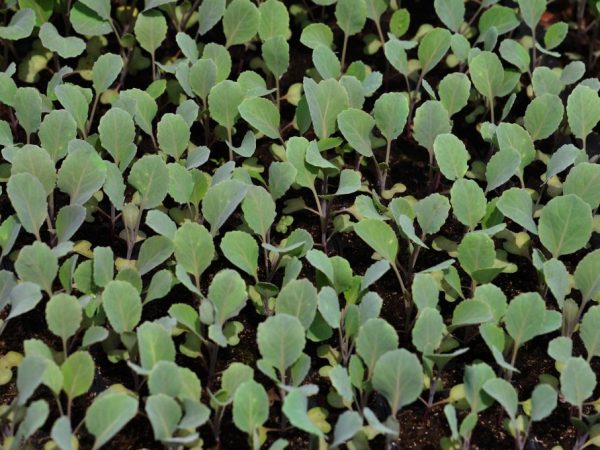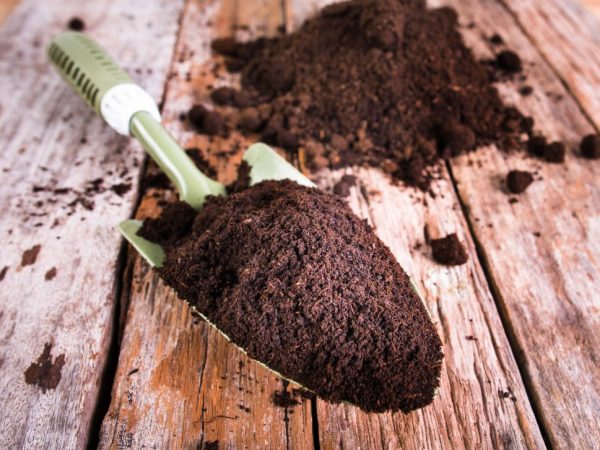Fighting blackleg cabbage
Black leg of cabbage is often found in the cultivation of cruciferous varieties. Most often, it appears in cabbage seedlings, but it can also be in seedlings that have already been transplanted into soil. Its danger lies in the fact that it becomes the cause of depletion and subsequent death of plants.

Fighting blackleg cabbage
Description and contributing factors
Black leg of cabbage is a fungal infection. The spores of its causative agent retain their activity, being in the soil. Under favorable conditions, they begin active reproduction.
A fungal infection can persist in one of three types: cysts, sclerotia, or oospores.
Contributing factors
Factors contributing to the reproduction and spread of black leg on cabbage plantings:
- non-compliance with crop rotation;
- excessive soil moisture,
- damp weather,
- increased soil acidity and its oversaturation with nitrogen-containing mineral complexes,
- lack of proper looseness of the soil, creating an earthen crust that does not give oxygen access to the root system,
- thickening of plantings and excessive watering.
Among the cabbage varieties most susceptible to fungal infection are Slava and No. 1.
Signs of illness
A black leg in cabbage can appear at different stages of cruciferous cultivation:
- at an early stage of seed germination at seedlings with cotyledonous or 2-3 true leaves,
- at the stage of transplanting seedlings into soil.
In the first case, a watery structure of the root part is observed in young seedlings. Subsequently, this part begins to rot, and as a result, the still immature shoots fall to the ground and die.
Blackfoot spreads rapidly, affecting adjacent healthy seedlings, causing massive plant deaths.
In the second case, when transplanting healthy seedlings, the infection of cabbage with a black leg occurs in the form of a thinning of the basal neck and its blackening. The leg dries up, the plants begin to lag behind in development and growth, but they do not die and may even reach the stage of formation of cabbage heads. With a lesion in the garden, the sides of the head and foliage usually begin to rot, fungal sclerotia appear and the cabbage leaves are withered.
Preventive measures
In order to avoid illness, do not allow excessive waterlogging of the earth, exceeding acidity, thickening of plantings, irregular loosening of the soil. Additional preventive measures can also be taken against blackfoot in cabbage.
Earth

The soil must be disinfected
The land from the suburban area, used for planting seeds, must be calcined in the oven before planting. An effective preventive measure is also its disinfection with formalin or manganese solutions.
In the case of mass planting of seeds in a greenhouse or on open beds, ash powder is preliminarily introduced into the soil to regulate the level of acidity and colloidal sulfur for disinfection.The standard for wood ash is 100 g per 1 sq. M of sown area. The standard for the introduction of sulfur is 5-8 g per 1 sq. M of plantings.
Seed material
In addition to the cultivation of the land, preventive measures are taken for the seed material. Among the drugs that protect cabbage from black leg:
- Planriz with a concentration of 1%, they are treated with seeds 1 day before sowing;
- Fitosporin, 4 drops per 200 ml of water, seeds are soaked in it for 2 hours before sowing.
Seedling
At the stage of growing seedlings, cabbage can also be protected from the appearance of a black leg on it. This can be done using biological and chemical agents.
Biological agents
Biological agents capable of creating effective protection of cabbage seedlings against disease include:
- spraying with liquid Fitosporin-M;
- processing of seedling roots at the stage of transplantation in a mixture of mullein (5kg), clay (1kg), diluted with water (10l);
- sprinkling cabbage roots with ash powder or river sand.
Chemicals
Among the main chemicals that can prevent the defeat of cabbage seedlings with a black leg, there are:
- preparations containing sulfur, consumption - 50g per 1 square meter of planting area;
- weakly concentrated solutions of Hom, Metaxil, copper and iron sulfate.
Blackfoot fight
When fixing signs of the presence of blackfoot on cabbage, it is required to take emergency measures to combat the disease.
Agrotechnics
First of all, it is required to remove the affected plants and destroy them. The soil from the empty holes is taken out and disinfected. The remaining healthy plantings are thinned out, the earth is loosened.
With subsequent care, the plants are regularly earthed up and ash powder and river sand are sprinkled under the roots.
Biological agents and chemicals
Emergency treatment of the disease can be carried out using biological control agents and chemicals:
- phytosporin powder, diluted at the rate of 6g per 10l of water,
- Bordeaux liquid with a concentration of 1%,
- baking soda or soda ash,
- solution of potassium permanganate with a concentration of 0.5%,
- with Previkur Energy concentrate, diluted in an amount of 20-25 ml in 10 liters of water,
- trichodermin, diluted with 100 ml in 10 liters of water.
All of these solutions are used to spray cabbage leaves.


